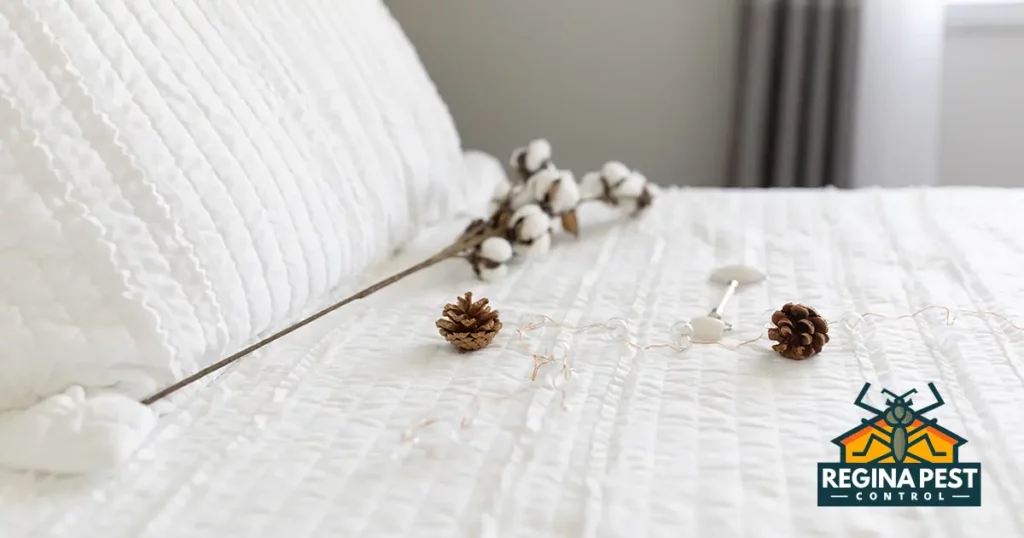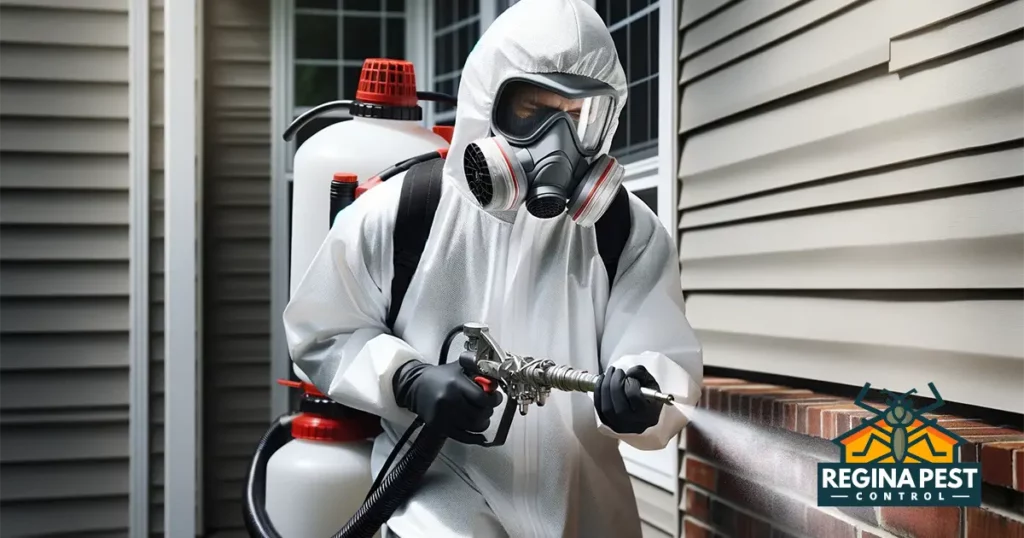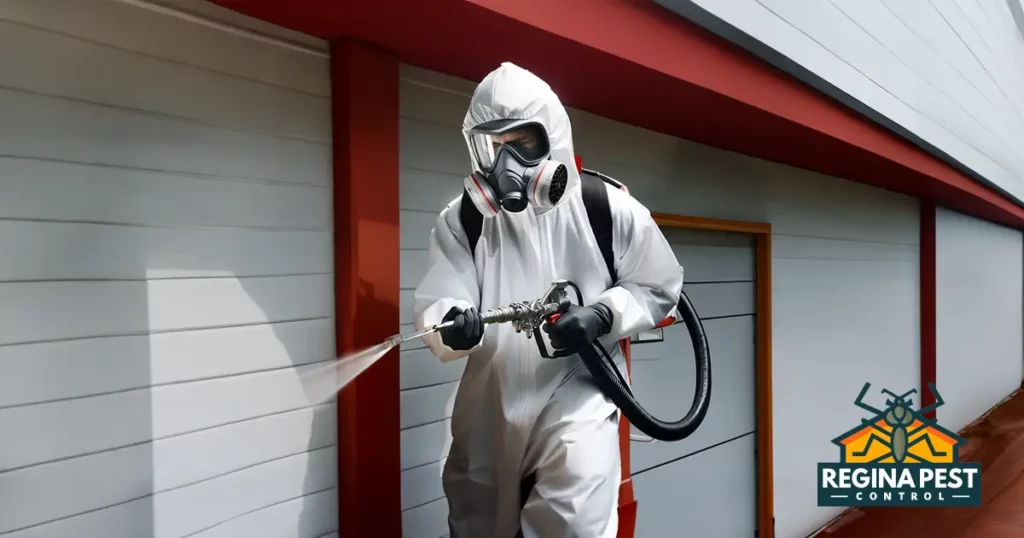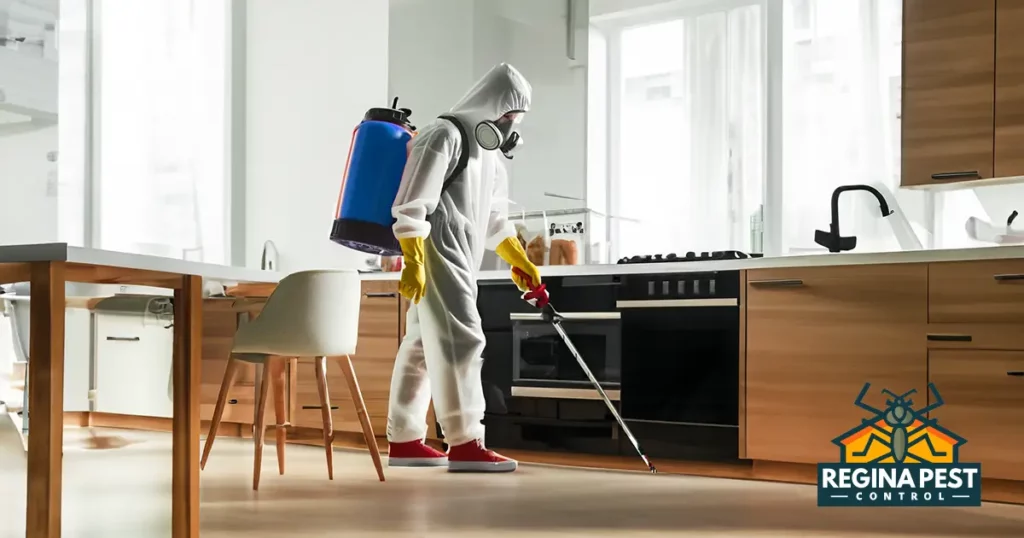Are you tired of waking up to itchy red bites and uncomfortable nights? If you’re dealing with a bed bug infestation, finding the best treatment option is a top priority. With so many choices available, it’s important to understand the different bed bug treatment options and find the one that suits your needs. In this article, we will explore various methods and help you make an informed decision.
- Signs and symptoms of a bed bug infestation
- Common misconceptions about bed bug treatments
- DIY bed bug treatment options
- Chemical-based bed bug treatments
- Heat treatment for bed bugs
- Freezing treatment for bed bugs
- Natural and non-toxic bed bug treatments
- Hiring a professional bed bug exterminator
- Conclusion: Choosing the best bed bug treatment option for your needs
Signs and symptoms of a bed bug infestation
Before diving into the different treatment options, let’s first understand how to identify a bed bug infestation. Bed bugs are small, reddish-brown insects that feed on human blood. They are often found in mattresses, furniture, and cracks and crevices near sleeping areas.
One of the telltale signs of a bed bug infestation is waking up with itchy, red bites on your body. These bites are usually in a line or cluster and can be quite uncomfortable. Other signs include rust-colored stains on your sheets or mattresses, tiny dark spots (which are bed bug excrement), and a musty odor in the affected areas.
If you suspect a bed bug infestation, it’s important to act quickly to prevent the problem from getting worse. Let’s explore the different treatment options available.
Common misconceptions about bed bug treatments
Before we delve into the treatment options, it’s essential to address some common misconceptions about bed bug treatments. One of the most significant misconceptions is that bed bugs can be easily eradicated with DIY methods alone. While there are effective DIY solutions, severe infestations often require professional intervention.
Another misconception is that bed bug treatments are only necessary for residential spaces. However, bed bugs can infest any environment, including hotels, offices, and public spaces. It’s crucial to address the infestation promptly, regardless of the setting.
Lastly, some people believe that bed bugs are only found in unclean environments. This is far from the truth. Bed bugs are excellent hitchhikers, and they can easily make their way into even the cleanest spaces. It’s essential to focus on eradication rather than attributing blame to cleanliness.
DIY bed bug treatment options
If you have a minor bed bug infestation and want to try tackling it yourself, there are several DIY treatment options available. These methods are cost-effective and can be effective for small infestations. However, they may not be as successful for severe infestations.
One of the most common DIY treatments is thorough cleaning and decluttering of the affected areas. Vacuuming all surfaces, including mattresses, furniture, and carpets, can help remove bed bugs and their eggs. Additionally, washing all bedding, linens, and clothing in hot water can kill any remaining bed bugs.
Another DIY method is the use of bed bug mattress encasements. These are specially designed covers that encase the entire mattress, preventing bed bugs from entering or escaping. By trapping the bed bugs inside the encasements, you can effectively starve them over time.
Steam treatment is another popular DIY option for bed bug elimination. Using a high-temperature steam cleaner, you can kill bed bugs and their eggs on contact. However, it’s crucial to ensure that the steam reaches the necessary temperature to effectively eliminate the pests.
While these DIY methods can be effective for small infestations, it’s important to remember that they may not completely eradicate a severe bed bug problem. In such cases, professional assistance may be necessary.
Chemical-based bed bug treatments
Chemical-based treatments are one of the most widely used methods for bed bug elimination. These treatments involve the use of insecticides to kill the pests. There are several types of chemical treatments available, including sprays, dusts, and aerosols.
Sprays are the most common form of chemical treatment for bed bugs. They are applied directly to infested areas, such as mattresses, furniture, and baseboards. It’s important to choose a spray that is specifically labeled for bed bug control and follow the instructions carefully.
Dusts are another chemical option used for bed bug treatment. These powders are typically applied in cracks and crevices where bed bugs hide. The dust particles attach to the bed bugs’ bodies, causing them to dehydrate and die.
Aerosols are convenient for treating hard-to-reach areas and can be used in combination with other chemical treatments. They are usually applied as a mist and can penetrate small cracks and crevices.
When using chemical treatments, it’s important to prioritize safety. Always follow the instructions provided by the manufacturer and use protective gear, such as gloves and masks. It’s also essential to keep children and pets away from treated areas until the chemicals have dried.
Heat treatment for bed bugs
Heat treatment is an effective method for eliminating bed bugs and their eggs. This method involves raising the temperature of the infested area to a level that is lethal to the pests. Heat treatments typically involve the use of specialized equipment, such as heaters and fans, to evenly distribute heat throughout the space.
During a heat treatment, the temperature is raised to around 120-140 degrees Fahrenheit, which effectively kills bed bugs at all stages of their life cycle. Heat treatment is particularly useful for eliminating bed bugs in hard-to-reach areas, such as wall voids and cracks.
One of the advantages of heat treatment is that it does not involve the use of chemicals, making it a non-toxic option. However, it’s crucial to hire a professional who is experienced in heat treatments to ensure the process is done correctly and safely.
Freezing treatment for bed bugs
Similar to heat treatment, freezing treatment is a non-chemical method for eliminating bed bugs. This method involves exposing the infested items or areas to extremely low temperatures to kill the pests. Freezing treatment is typically done using specialized freezing equipment or by placing infested items in a commercial freezer.
The temperature required to kill bed bugs through freezing treatment is around -13 degrees Fahrenheit. It’s important to note that freezing treatment may not be as effective as heat treatment for large infestations or areas with poor insulation.
While freezing treatment can be effective for small infestations or localized areas, it may not reach all parts of a large space. It’s crucial to assess the severity of the infestation and consult with a professional to determine if freezing treatment is the best option for your situation.
Natural and non-toxic bed bug treatments
If you prefer to use natural or non-toxic methods to eliminate bed bugs, there are several options available. While these treatments may not be as potent as chemical-based methods, they can be effective for minor infestations or as preventative measures.
One natural method is the use of diatomaceous earth (DE). DE is a fine powder made from the fossilized remains of diatoms, a type of algae. When applied to infested areas, DE dehydrates and kills bed bugs by damaging their exoskeletons. It’s important to use food-grade DE and follow the instructions carefully.
Another natural option is the use of essential oils, such as tea tree oil and lavender oil. These oils have insecticidal properties and can repel bed bugs. However, it’s important to note that essential oils should never be applied directly to the skin or used in excessive amounts.
Steam treatment, as mentioned earlier, is another natural option for bed bug elimination. The high temperature of the steam can kill bed bugs and their eggs without the use of chemicals.
While natural and non-toxic treatments can be effective for minor infestations, it’s important to monitor the situation closely. If the infestation persists or worsens, it may be necessary to consider other treatment options.
Hiring a professional bed bug exterminator
For severe or persistent bed bug infestations, hiring a professional bed bug exterminator is often the best solution. Professional exterminators have the expertise and specialized equipment to effectively eliminate bed bugs and prevent future infestations.
When choosing a professional exterminator, it’s important to do thorough research and choose a reputable company. Look for exterminators who have experience specifically in bed bug control and ensure they are licensed and insured.
Professional bed bug treatments may involve a combination of methods, such as heat treatment, chemical treatments, and ongoing monitoring. The exterminator will assess the severity of the infestation and tailor a treatment plan to suit your needs.
While hiring a professional may be more expensive than DIY methods, it’s often the most effective and efficient way to eliminate bed bugs. Professional treatments can provide long-term solutions and peace of mind.
Conclusion: Choosing the best bed bug treatment option for your needs
In conclusion, dealing with a bed bug infestation can be a frustrating and challenging experience. However, with the right treatment option, you can effectively eliminate these pests and restore comfort to your home or business.
When choosing a bed bug treatment, it’s important to consider factors such as the severity of the infestation, cost, efficiency, and safety. DIY methods can be effective for minor infestations, but severe infestations often require professional assistance.
Chemical-based treatments, heat treatments, freezing treatments, and natural/non-toxic treatments all have their pros and cons. It’s crucial to assess your specific situation and consult with professionals to determine the best approach.
Remember, the key to successful bed bug treatment is acting quickly and comprehensively. With the right treatment option and proper follow-up, you can finally say goodbye to bed bugs and enjoy peaceful nights once again.





